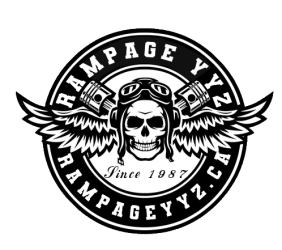In 1940, as the Second World War raged on, the United Kingdom found itself in dire need of military aircraft to counter the German Luftwaffe’s superiority. The situation was so critical that the UK Ministry of Aircraft Production, headed by Lord Beaverbrook, decided to procure newly manufactured planes from Canadian factories, as well as purchase from US manufacturers.
The Canadian factories worked tirelessly to produce the aircraft, but the challenge was transporting them across the vast expanse of the Atlantic Ocean to the UK. The first step in the process was to transport the planes to Dorval Airport near Montreal, where they were made ready for the long journey ahead.
From there, the planes were flown to RCAF Station Gander in Newfoundland, where they were prepared for the transatlantic flight. It was from this airbase that the first ferry flight of seven Lockheed Hudson bombers took off on November 10, 1940. The flight was a major milestone, but it was only the beginning of a massive operation that would ferry thousands of planes across the treacherous North Atlantic.
As the war continued, the demand for aircraft grew, and the UK needed a faster and more efficient way to transport them. In 1941, the Atlantic Ferry Organization was established, staffed by civilian pilots who flew the planes to the UK. The organization was later handed over to the Air Ministry, becoming the RAF Ferry Command, with its headquarters located at RAF Ferry Command in Dorval, Quebec.
The RAF Ferry Command was responsible for the safe transportation of thousands of planes across the Atlantic Ocean. The operation was fraught with danger, as the planes had to fly through unpredictable weather conditions and face the risk of attack by German submarines and fighter planes. Despite the risks, the pilots of the RAF Ferry Command bravely took to the skies, delivering much-needed planes to the UK.
By the end of the war, the operation had ferried over 9,000 aircraft across the Atlantic, making transatlantic flying a safe and common practice. The contribution of the Canadian and US factories, as well as the brave pilots of the Atlantic Ferry Organization and RAF Ferry Command, played a significant role in the Allied victory.





